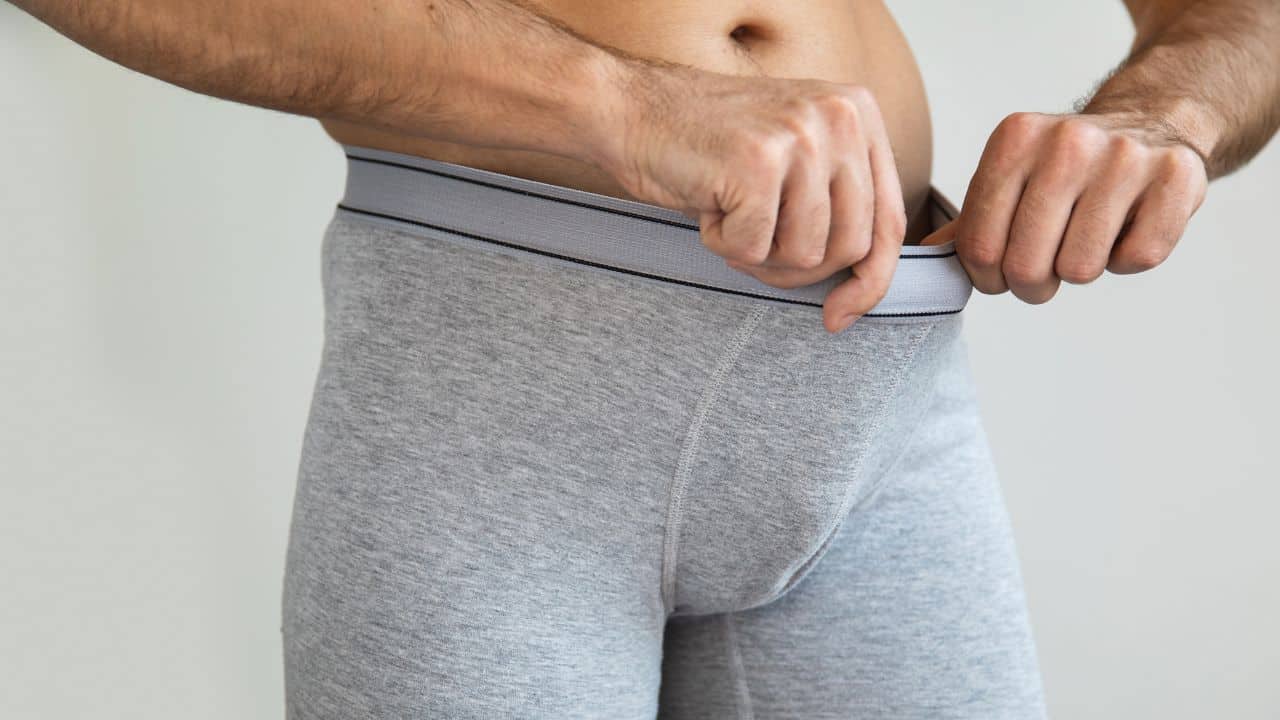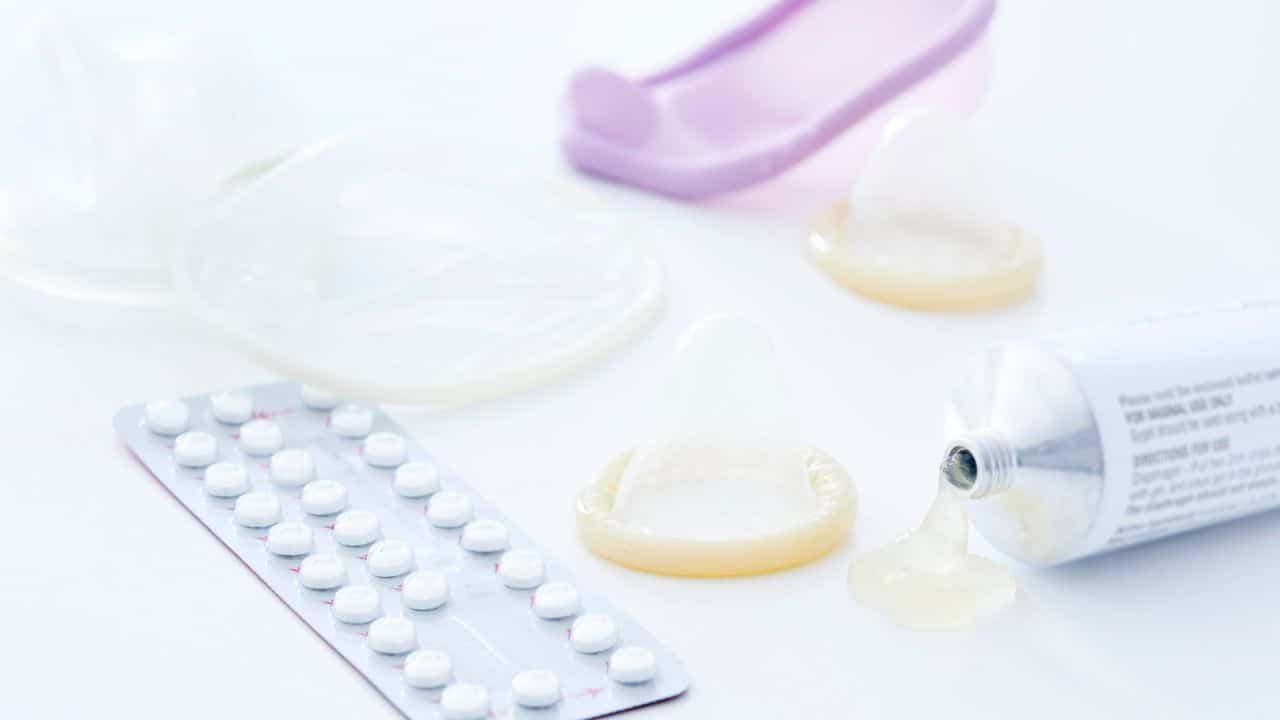It’s not only puberty which incurs change; our bodies change throughout our lives. While puberty typically begins between the ages of nine and fourteen, by the time we are in our 20s, we are fully grown, so to speak. Our 20s are typically uneventful, excluding the odd illness here and there. By the time we enter our thirties, forties, fifties, sixties and beyond, however, we begin to notice differences. These differences are common and nothing to be concerned about. Let’s discuss penis ageing and the changes you may see in your penis at age 30, 40, 50, and over 60.
What You Need to Know About Your Penis in Your 20s
In your 20s, you may not even need physical stimulation to achieve an erection; it’s common to be easily aroused and achieve an erection without trying. While this may seem fun, we know that this may also lead to premature ejaculation. Some men may experience erectile dysfunction in their 20s; this is usually treatable by addressing any underlying health issues, limiting alcohol and drugs, and addressing potential psychological problems. ED is nothing to be ashamed of at any point in your life.
Penis Health in Your 20s
While all penises look different, in your 20s, your penis is more likely to be straight, your testicles haven’t begun to sag, and you should still have some healthy colour. Your urinary function at this age will also be optimal, with a stronger stream.
What You Need to Know About Your Penis in Your 30s
Genetics largely determine the size and shape of any penis. Your penis size depends on the sex chromosomes you receive from both parents. Whilst your genetic makeup is mainly responsible, many contributing factors can account for penis size, including your hormones, environmental factors, and your lifestyle. Read more about penis health in your 30s.
What You Need to Know About Your Penis in Your 40s
By the time we reach our 40s, our testosterone levels begin to decline which may cause some more noticeable changes slowly. Your body will start to make more protein called sex hormone-binding globulin (SHBG) which sticks to the testosterone in your blood, lowering the amount of testosterone your body can use. Your scrotum may begin to sag, your penis may start to lose some colour in the head of your penis, and it will appear paler.
You are even more likely to experience erectile dysfunction now and even lose rigidity on your erection, but you can still have sex. From the age of 40, men typically experience three fewer erections a month. From 45, however, the quality of sperm will begin to decrease.
Penis Health in Your 40s
As your prostate begins to enlarge with age, in your 40s, your risk of penile and testicular cancer will increase. More than before, from here on, you cannot afford to skip your check-ups. You will feel the need to urinate more regularly too, and the strength of your stream will begin to decrease.
What You Need to Know About Your Penis in Your 50s
As we age, we all begin to gain weight – even from our 30s. With increased weight gain, you will experience more health problems that naturally affect your penis. Excess weight in men tends to gather around the stomach, leading to an increased risk of cardiovascular disease, cholesterol, high blood pressure, diabetes, and more. Cardiovascular disease is the most common cause of erectile dysfunction because it restricts blood flow to the penis.
Entering your 50s, your testosterone levels will decrease even further, affecting your libido, performance, and ability to get an erection. You will have entered andropause, an equivalent of menopause in women, which will decrease your sex drive, and you will need more stimulation to get an erection. Your sex life is far from over in your 50s; by maintaining a healthy lifestyle, you can improve some loss of performance you may be experiencing.
In terms of appearance, your testicles will definitely start to sag, along with your penis. You are more likely to have developed a curve in your penis, and your pubic hair will have begun to turn grey.
Penis Health for Over 50s
In your 50s, urinary function will decline even further owing to a steady increase in the size of your prostate. You will need to urinate more frequently and release less urine.
What You Need to Know About Your Penis in Your 60s and Older
As you enter your 60s, you will notice a marked difference in the thickness of your skin throughout your body, and your penis is no different. This is due to a reduced blood flow caused by a build-up of plaque in the arteries. As such, your testicles will also begin to wrinkle and sag, as will your penis further sag. Medical conditions will be more likely in your 60s and older; other changes in your overall health will precipitate these.
As you age, the nerves in your penis become less sensitive. From your 60s, you will experience more difficulty in achieving an erection and maintaining it, and ejaculation may be less satisfying. From your 70s on, the quality of your erections will significantly diminish, and penetration may become difficult. But studies have shown that erections are not necessary for male orgasms, so it is still possible to achieve sexual intimacy with your partner with some stimulation.
Penis Health for Over 60s
Along with prostate enlargement, your bladder will also weaken, making frequent urination a part of life.
As we age, so do our penises. The key to maintaining a healthy life as a male lies in understanding the changes your body will experience, regularly seeing your doctor for examinations and maintaining a healthy lifestyle.






